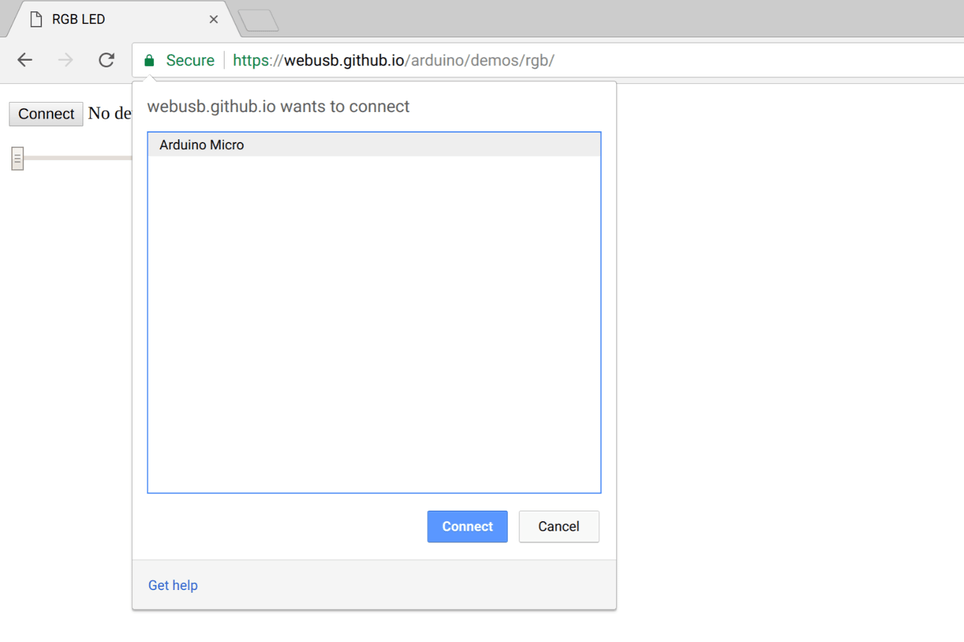Reading List
Election Season 2020, W3C TAG Edition from Infrequently Noted RSS feed.
Election Season 2020, W3C TAG Edition
Update: Jeffery's own post discussing his run is now up and I recommend reading it if you're in a position to cast a vote in the election.
Two years ago, as I announced that I wouldn't be standing for a fourth term on the W3C's Technical Architecture Group, I wrote that:
Having achieved much of what I hoped when running for the TAG six years ago, it's time for fresh perspectives.
There was no better replacement I could hope for than Alice Boxhall. The W3C membership agreed and elected her to a two year term. Her independence, technical rigour, and dedication to putting users and their needs first have served the TAG and the broader web community exceedingly well since. Sadly, she is not seeking re-election. The TAG will be poorer without her dedication, no-nonsense approach, and depth of knowledge.
TAG service is difficult, time consuming, and requires incredible focus to engage constructively in the controversies the TAG is requested to provide guidance about. The technical breadth required creates a sort of whiplash effect as TAG members consider low-level semantics and high-level design issues across nearly the entire web platform. That anyone serves more than one term is a minor miracle!
While I'm sad Alice isn't running again, my colleague Jeffrey Yasskin has thrown his hat into the ring in one of the most contested TAG elections of recent memory. There aren't many folks who have the temperament, experience, and track record that would make them natural TAG candidates, but Jeffrey is in that rare group and I hope that I can convince you he deserves you organisation's first-choice vote.
Jeffrey and I have worked closely over the past 5 years on challenging projects that have pushed the boundaries of the web's potential forward, but which also posed large risks if done poorly. It was Jeff's involvement that lead to the "chooser model" for several device access APIs, starting with Web Bluetooth.
This model has since been pressed into service multiple times, notably for Chrome's mediation of the Web USB, Web HID, and Web Serial APIs. The introduction of a novel style of chooser solved thorny problems.
Previously, security and feature teams were unable to find a compromise that provided sufficient transparency and control while mitigating abuses inherent in blanket prompts. Jeffrey's innovation created space for compromise and, when combined with other abuse mitigations he helped develop for Bluetooth, was enough to surmount the objections levelled against proposals for (over)broad grants.
Choosers have unlocked educational programming without heavyweight tools, sparked a renaissance in utilities that work everywhere, and is contributing to a reduction in downloads of potentially insecure native programs for controlling IoT devices.

There's so much more to talk about in Jeffrey's background and approach to facilitating structural solutions to thorny problems — from his work to (finally) develop a grounded privacy threat model as the TAG repeatedly requested, to his stewardship of the Web Packaging work the TAG started in 2013 to his deep experience in standards at nearly every level of the web stack — but this post is already too long.
There are a lot of great candidates running for this year's four open seats on the TAG, and while I can imagine many of them serving admirably, not least of all Tess O'Connor and Sanghwan Moon who have been doing great work, there's nobody I'd rather see earn your first-choice vote than Jeffrey Yasskin. He's not one to seek the spotlight for himself, but having worked closely with him, I can assure you that, if elected, he'll earn your trust the way he has earned mine.